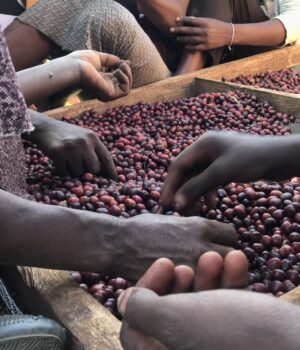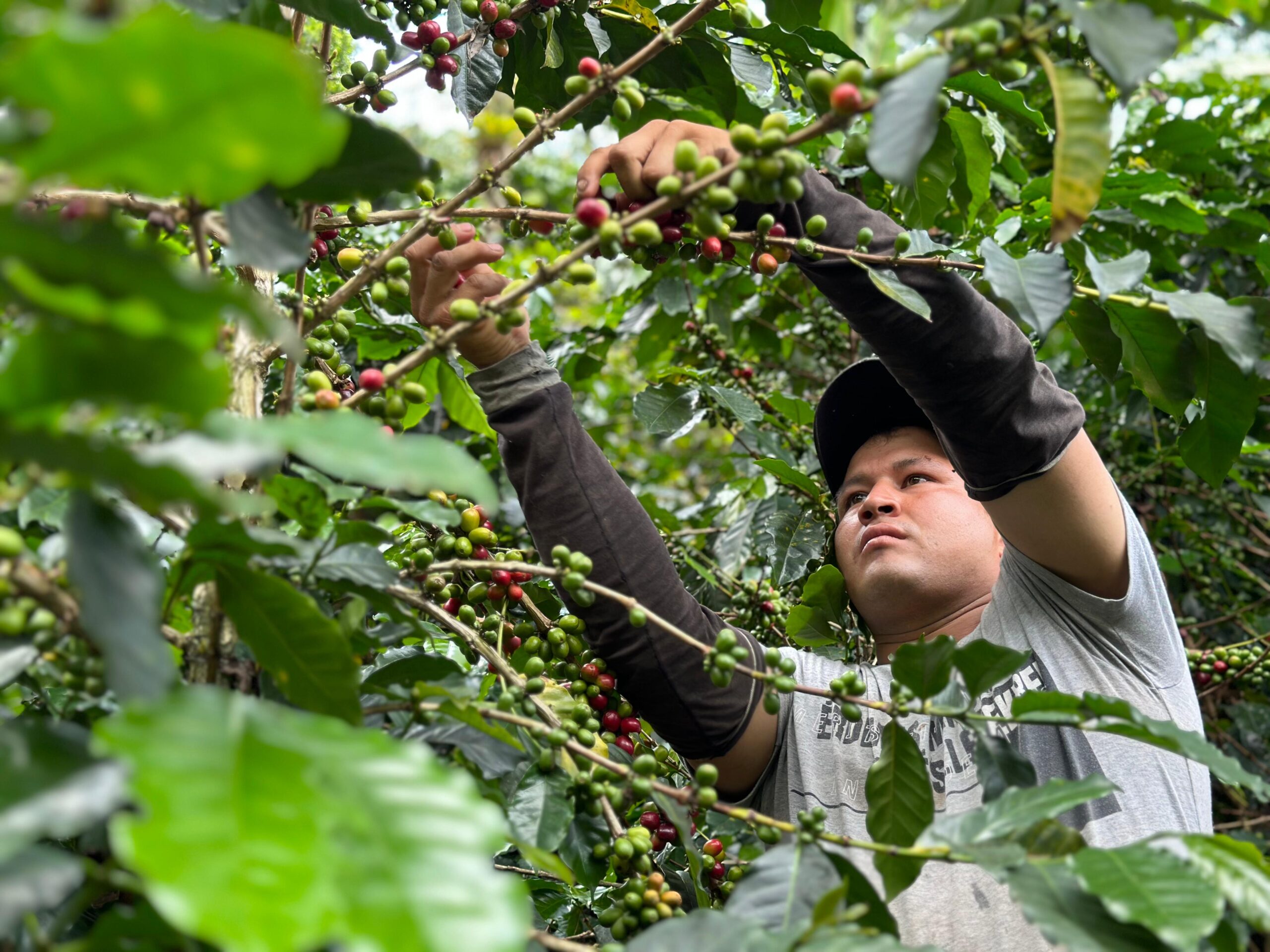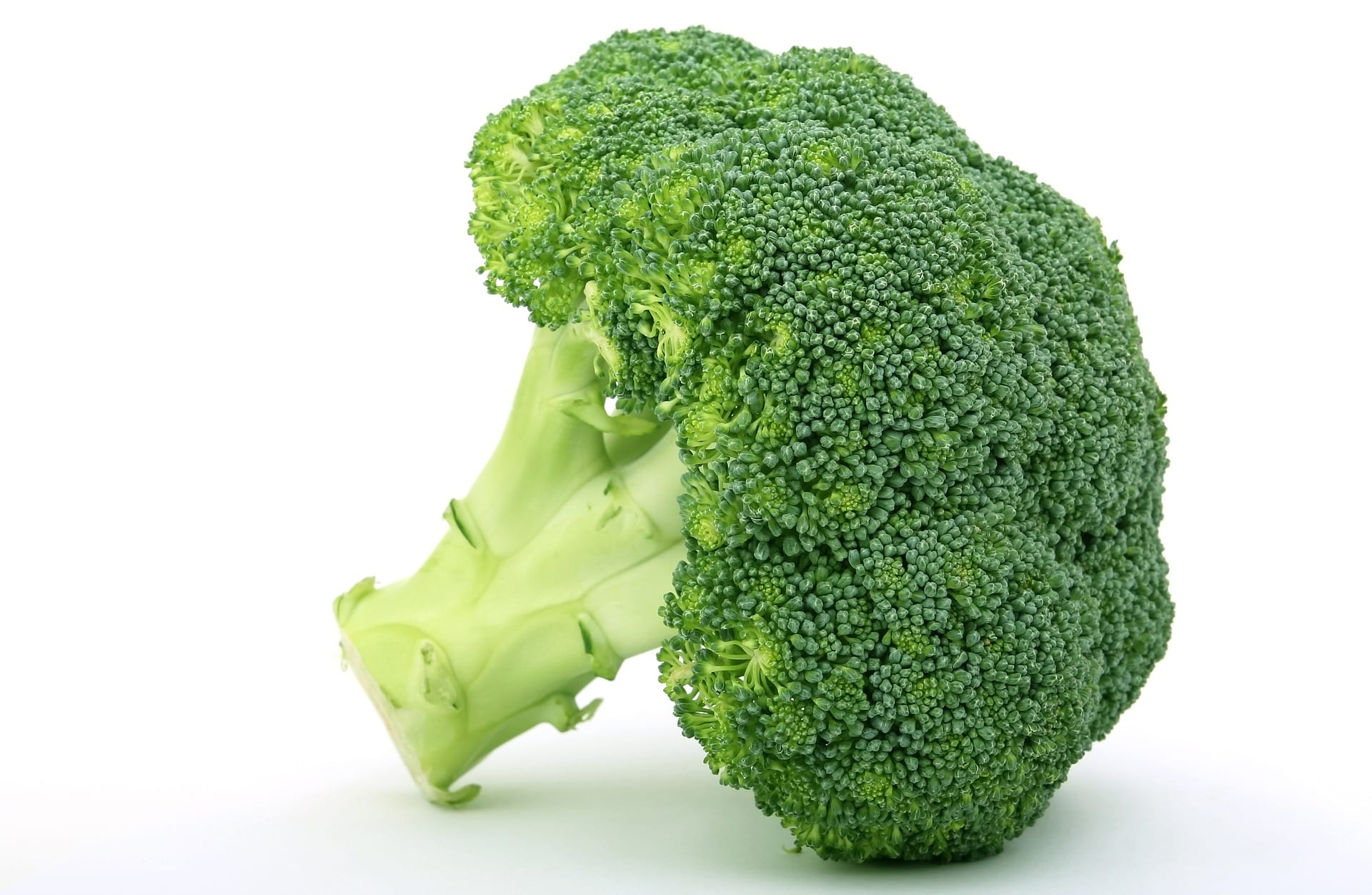In recent years, coffee tourism with the aim of trying different varieties has increased considerably. In this context, Estate Coffee, the pioneering specialty coffee brand in Spain, proposes the 5 best destinations to travel to in 2024 if you are a coffee lover. Also if you want to discover the origins of this drink, what its production is like and its history).
And the consumption of specialty coffee in Spain has grown by 2000% in the last five years. However, we are still very far from other countries with a greater tradition such as the United States or Germany. Even so, it is a reality that interest in this drink is increasing and, therefore, tourism related to coffee culture is booming.
Honduras, the ideal land for specialty coffee
Coffee arrived in Honduras in the 18th century, but for many decades bananas were the country's main crop. Over time, coffee grew and gained ground until in the second half of the 20th century it became the main commercial export product. Today, Honduras is the largest producer in Central America.
Furthermore, its favorable climatic conditions and especially fertile soil make it the ideal place for the development of specialty coffee. So much so, that it is one of the countries with the greatest variety of coffees.
Cielito Lindo Estate:
If you decide to take a plane to visit this Central American country, Café de Finca suggests visiting the 'Cielito Lindo' farm. It is located in Peña Blanca, next to Lake Yojoa and the Santa Bárbara National Park. Here, its producer Benjamín Paz makes coffee using two processes: the traditional one, with a 16-hour fermentation, and the mechanical one.
In fact, Café de Finca's “Cielito Lindo” coffee comes directly from its crops, located in an exceptional location at 1.650 meters of altitude.
Ethiopia, the cradle of coffee
Traveling to Ethiopia is to know the birthplace of coffee. It is a backbone element of Ethiopian society and, even at the end of the 40th century and the beginning of the XNUMXth century, it served to unify a population that was divided. Coffee from Ethiopia is highly valued outside its borders, but also within since up to XNUMX% of production is consumed locally.
There are three main varieties of coffee in the African country: arabica, arabica and robusta, and robusta, the first being the most widespread. Thanks to its altitude, with production at more than 2.000 meters above the sea, the African country's coffee is very precious.
Sidamo Estate:
In the Sidama region is the Sidamo farm, a unique crop that grows wild or in small home plots. The fruit obtained in this region has a citric acidity and an aftertaste of fruits such as apple and pineapple; That's why Café de Finca calls it “the white wine” of their coffees.
Kenya, a tough competition with tea
Without leaving Africa we find Kenya, today the fifth producing country on the continent. Almost all of its production is exported to countries such as the United States or Germany, since the Kenyan population is a large consumer of tea. However, the quality of its raw material is making coffee consumption increasingly widespread, also locally.
More and more young people are entering the world through specialty coffee. Especially in some places in its capital, Nairobi, which is promoting this trend.
Rekika State Estate:
To the north of the capital is the Rekika State farm, in a location where the crops are at 1.700 meters above sea level. It is a small estate where the coffee is selectively hand-picked, pulped and fermented before being washed and dried.
Brazil, the largest producer in the world
Talking about Brazilian coffee is talking about the largest producer on the planet. A country as extensive as Rio includes numerous, varied growing regions with a total of more than 63 million 60 kg bags of coffee produced.
Such a large production causes many of its products to lose traceability and quality, however, the South American country also maintains high quality plantations and farms.
Santa Cecilia Estate:
Exceeding 1.000 meters of altitude and in the Cerrado Mineiro region is the Santa Cecilia farm. A farm with two main environmental certification labels for its sustainability actions and good agricultural practices.
Santa Cecilia coffee comes from this farm, a drink with character and references to hazelnut cream.
Colombia, the best-known coffee country
You could almost say that Colombia is synonymous with coffee, at least if we are in a gastronomic environment. It is one of the main tourist destinations linked to coffee due to the fame of its coffee region. Last year, the South American country produced more than 11 million 60 kg bags.
Beyond that, the country's culture is closely linked to this activity since it was introduced in the 18th century and consolidated in the 19th century.
Ally Cooperative Farm:
Ally is a cooperative with 8.000 members located in the Colombian region of Huila. It is an organization with the greatest respect for the environment and society, and economically viable.
From there you get a coffee with a medium-high coffee intensity that is reminiscent of cocoa and toasted nuts. At an altitude of 1.700 meters
About Café de Finca
Café de finca was born in 2009 by Jonathan Moral. Shortly after, in 2014, Juan Pendas joined the project and since then the two have been in charge of the business. At Café de Finca they work with 5 fixed origins and 6 more farms spread across Ethiopia, Guatemala, Honduras, Ecuador and El Salvador.
In addition to producing on their own farm in Honduras, they buy coffee at origin with direct treatment, import, roast and sell the final product. They are focused on B2B distribution, but since 2016 their products have been available through their website for consumers. Currently the team is made up of 10 people in the cafeteria and another 11 in the roastery. Café de Finca's main objective is to popularize specialty coffee in Spain in a transparent and sustainable way.








